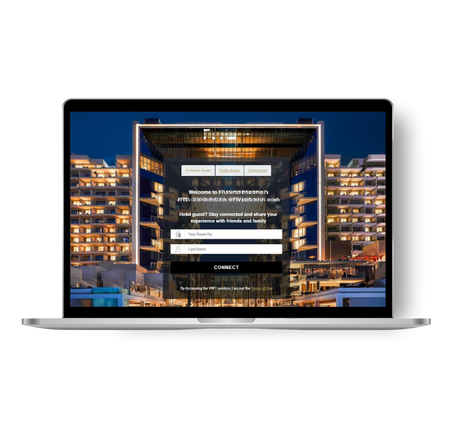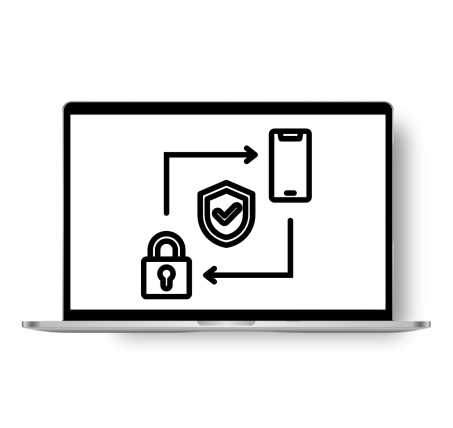Exploring Authentication Methods
Guest WiFi management encompasses various authentication methods that determine how users access your network. Explore the world of authentication types, from password-based access to social media logins and more, to provide secure and seamless connectivity tailored to your guests’ preferences and needs.

Types of Authentication
- PMS (Property Management System): PMS authentication involves guest and staff logins within the property management system to access reservations, check-in/check-out features, and manage billing and room assignments.
- Internal Database: Authentication with an internal database typically requires usernames and passwords to access company-specific information, ensuring secure access to sensitive data.
- External Database (e.g., AD, Radius Server, LDAP): External database authentication relies on protocols like Active Directory (AD), Radius, or LDAP for user access control, often requiring usernames and passwords validated against these external sources.
- SMS (Short Message Service): SMS authentication involves sending a one-time code to a user’s mobile device, which they must enter to verify their identity and gain access to a system or service.
- Email: Email-based authentication often uses a confirmation link sent to a user’s email address. Clicking the link validates their identity and grants access to an account or service.
- Social Media: Social media authentication allows users to log in using their social media profiles (e.g., Facebook, Google). It simplifies the login process by leveraging existing credentials
Types of Authentication
- iPass: iPass authentication grants access to Wi-Fi and mobile networks using iPass credentials, ensuring secure connectivity for business travelers.
- PayPal: PayPal authentication involves logging in to a PayPal account with a username and password, ensuring secure access for making and receiving online payments.
- Credit Card: Credit card authentication involves entering the cardholder’s credit card information, including card number, expiration date, and CVV code, to complete online transactions.
- Bank Payment Gateway: Bank payment gateway authentication involves secure connections between e-commerce websites and banks, ensuring customers can securely authenticate and authorize payments through their banks.
- QR Code (Quick Response Code): QR code authentication may include scanning a QR code with a mobile app or device to access specific information or services, often for quick and contactless verification


802.1x Authentication
802.1X is a robust authentication protocol that can enhance guest WiFi management by providing secure access control. When a guest connects to the network, they are prompted to enter their credentials, which are verified by an authentication server. Once authenticated, access restrictions and policies can be enforced, including bandwidth limitations, content filtering, and time-based access controls. The protocol ensures the security of guest credentials and allows for scalability, making it suitable for environments with a high volume of guest users. Integration with guest management systems further streamlines the registration process, making it a powerful tool for organizations seeking to manage and secure their guest WiFi networks effectively.
